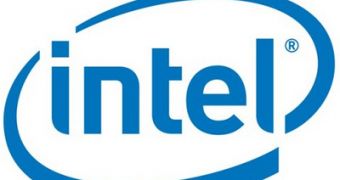Thinking ahead seems to be what Intel has been doing lately, with no less than three new central processing units being developed simultaneously by the Santa Clara-based enterprise. These three projects are the Pine trail platform and Pineview CPU (due in 2010), the Cedarview chip (due in 2011) and even a 22nm process-based chip scheduled for 2013.
The Cedarview will be an Intel Atom CPU based on the 32nm process technology. The processor is expected to top the performance of its predecessors and will, hopefully, boast a reasonable power consumption as well. Nevertheless, there are a few features that are allegedly set to be integrated in the chip's core.
One such feature is an integrated graphics core that will fully support DirectX 10.1 and the seamless playback of High-Definition (HD) media files. This implies that, although gamers will still probably choose to purchase a video card, multimedia enthusiasts will have no real reason to invest in a separate graphics adapter.
Another implied feature of the Intel Cedarview Atom is the support for a dual digital display. While this will not really satisfy true multi-display enthusiasts, it will probably be enough for office workers or businesspersons interested in performing multiple tasks on the same system.
Combined with the rumor that the unit will include a DDR3 RAM memory controller (on par with the Core i7 Bloomfield processors), the chip will provide such consumers with the full array of resources needed for any application. Such dual DIMM support will almost certainly be featured by the desktop version, although, according to Fudzilla, the chance for netbooks to include this feature is quite high as well.
The Cedarview will be preceded by the Pineview central processing unit and the Pine trail platform, which are set to be launched as early as January 2010. These product lines will probably be Intel's flagship products for 2010 and part of 2011, until Cedarview kicks in. For now, consumers can rest assured that Intel still plans to pursue innovation as it has always done.

 14 DAY TRIAL //
14 DAY TRIAL //